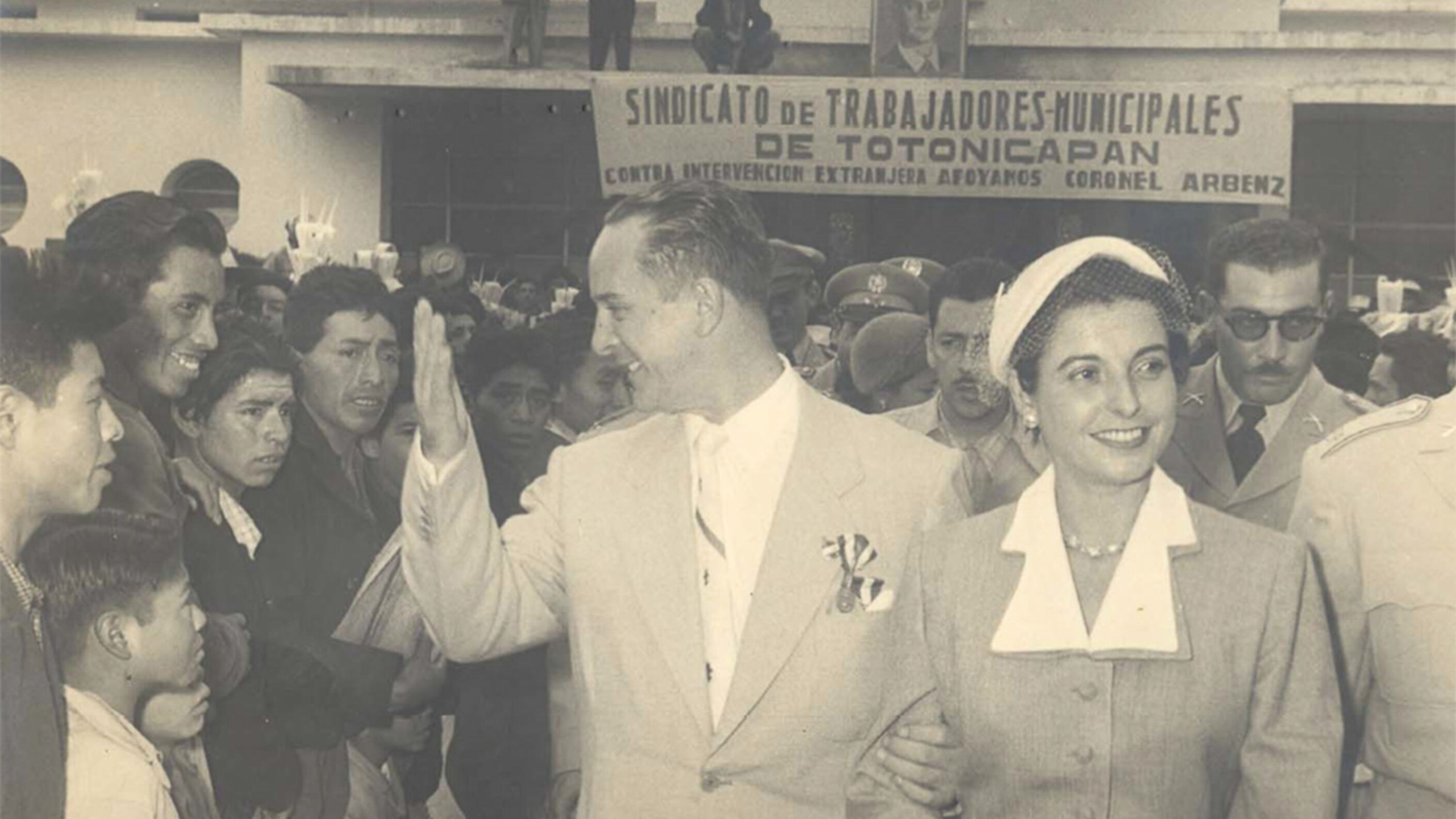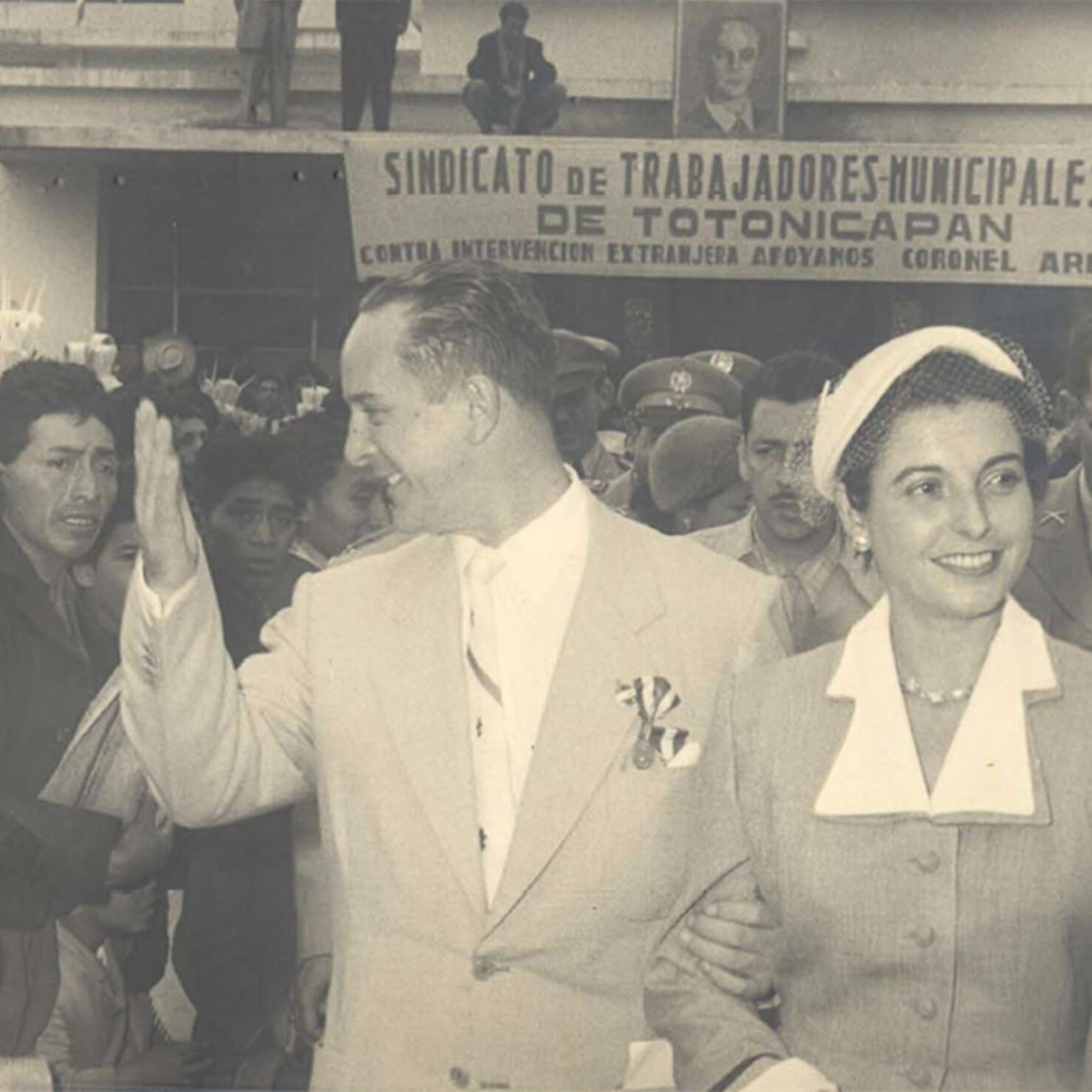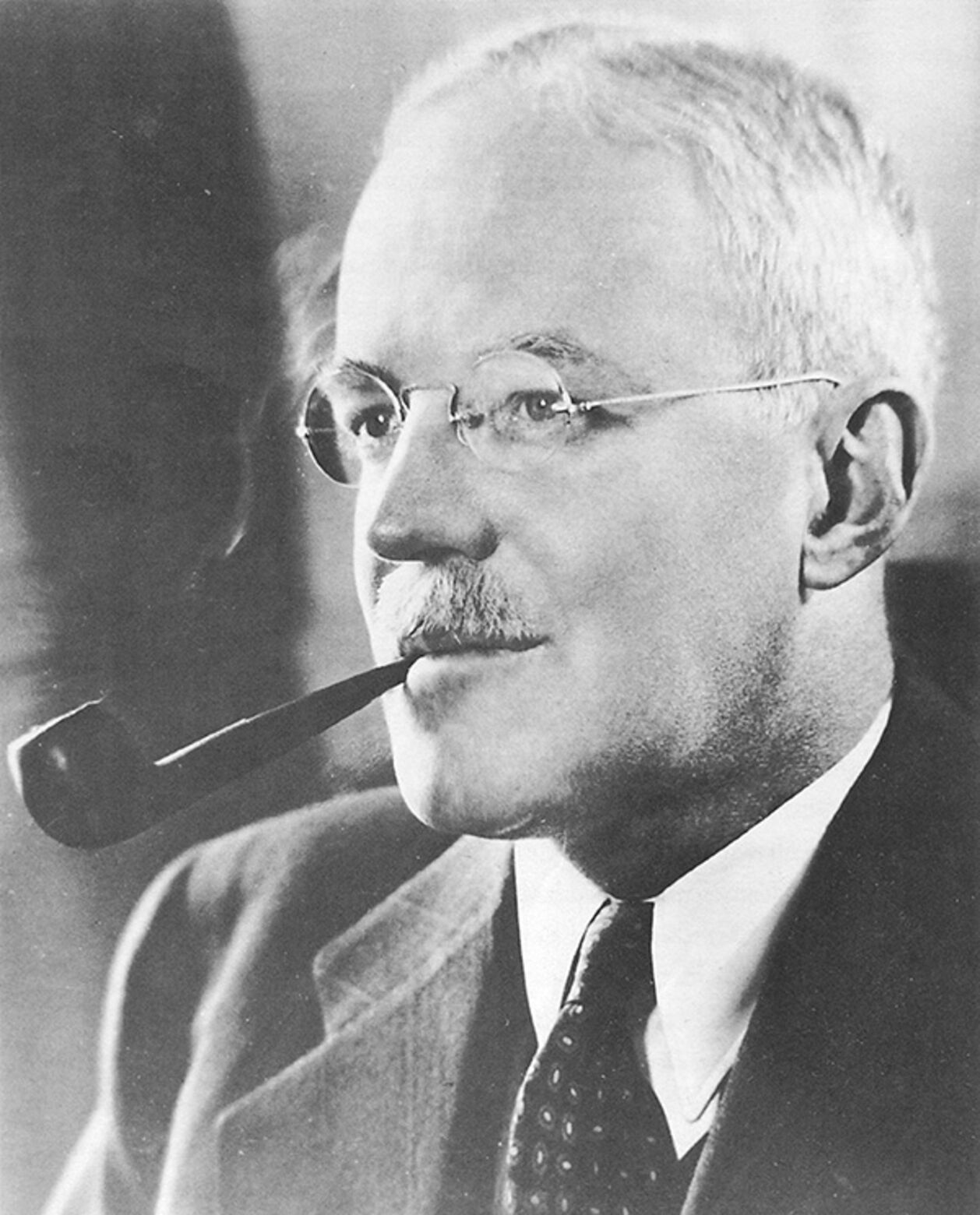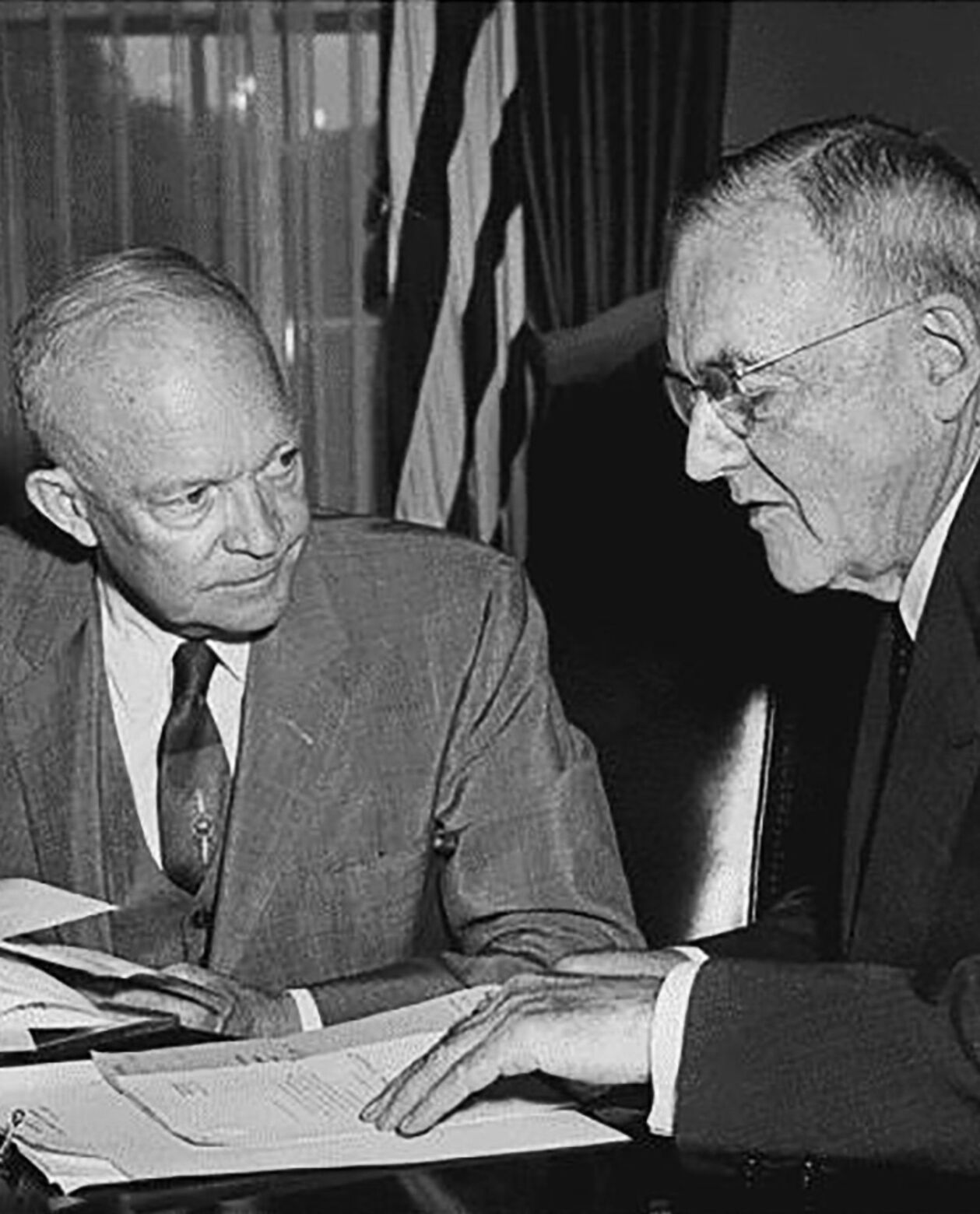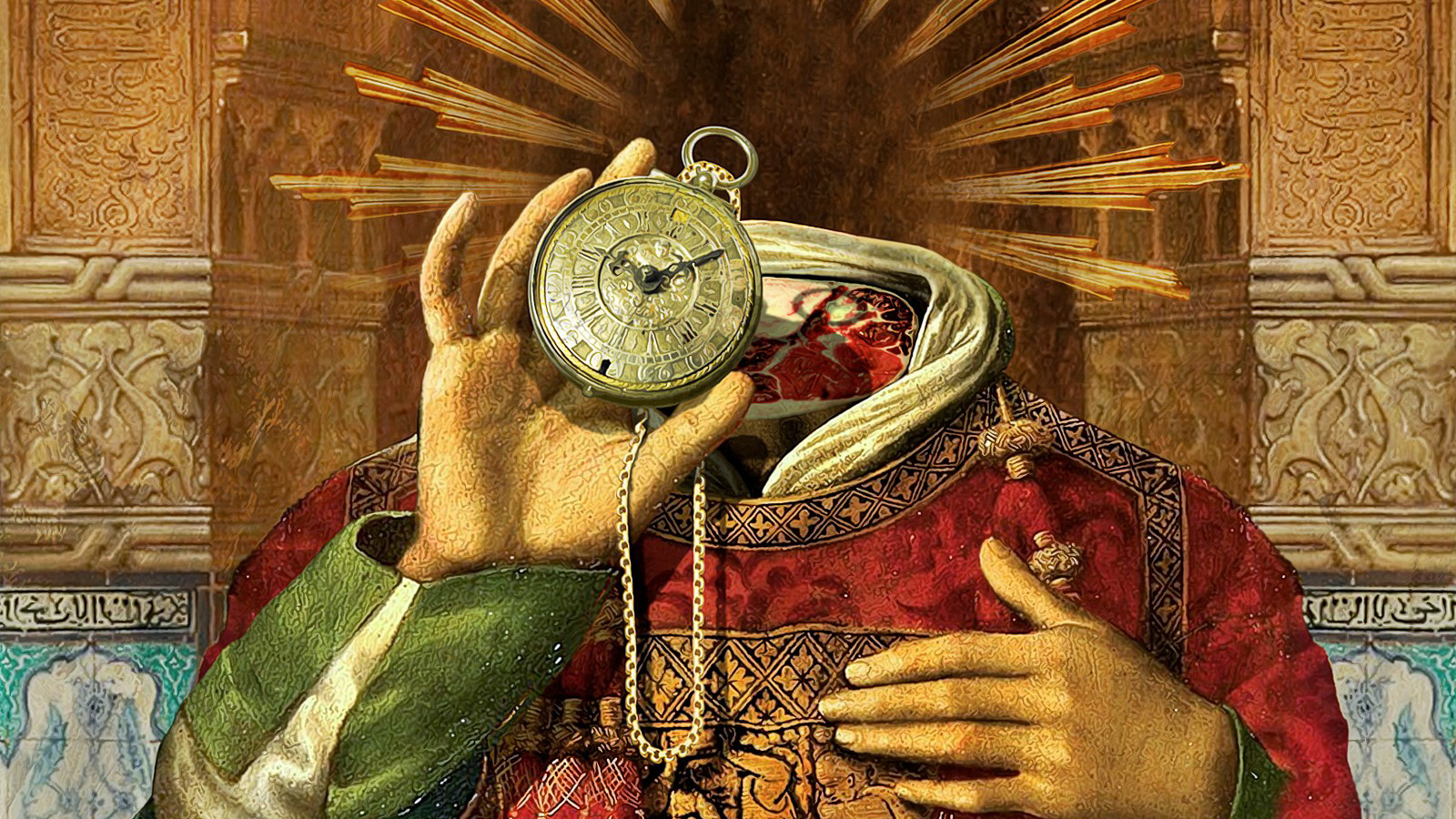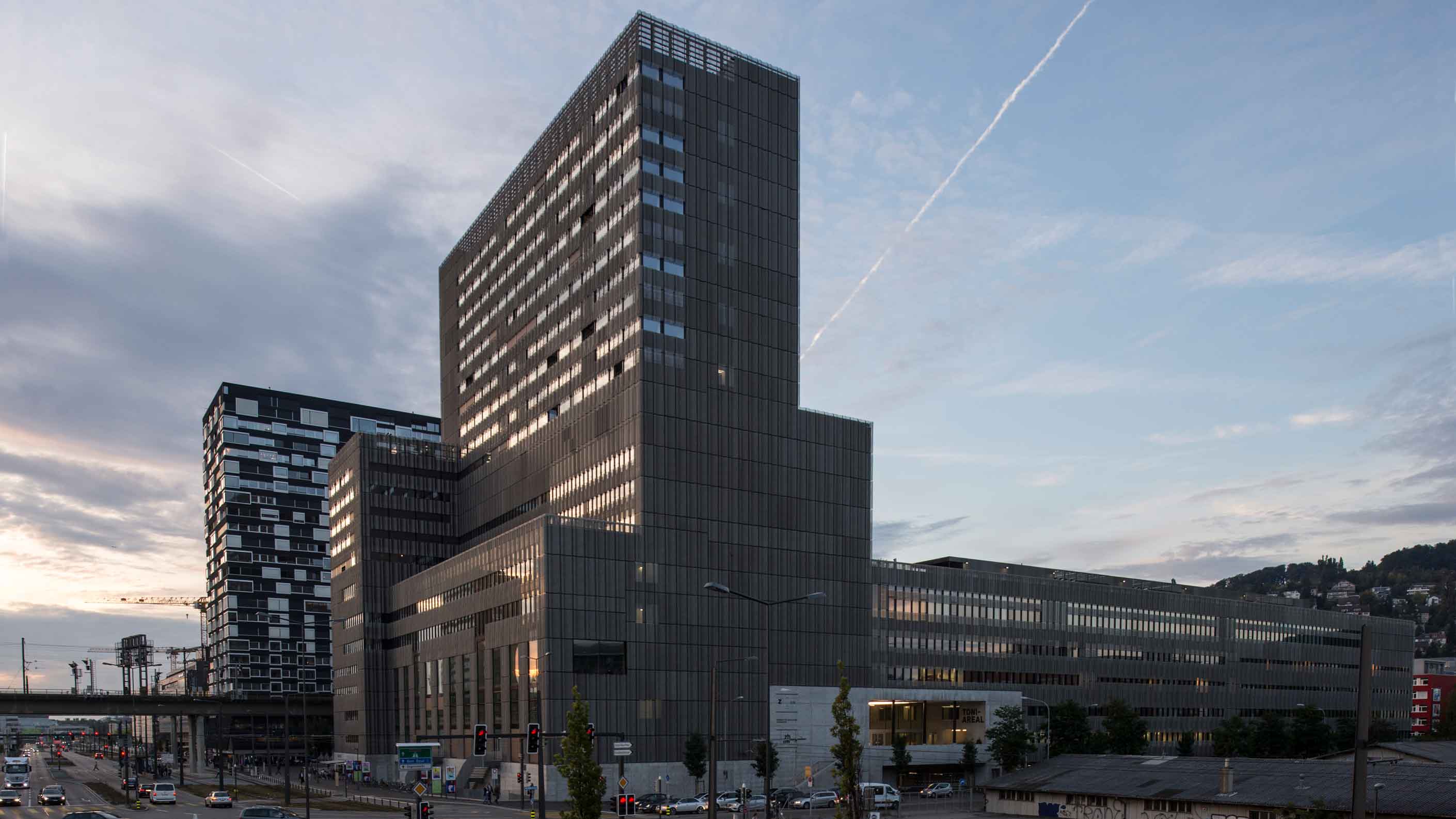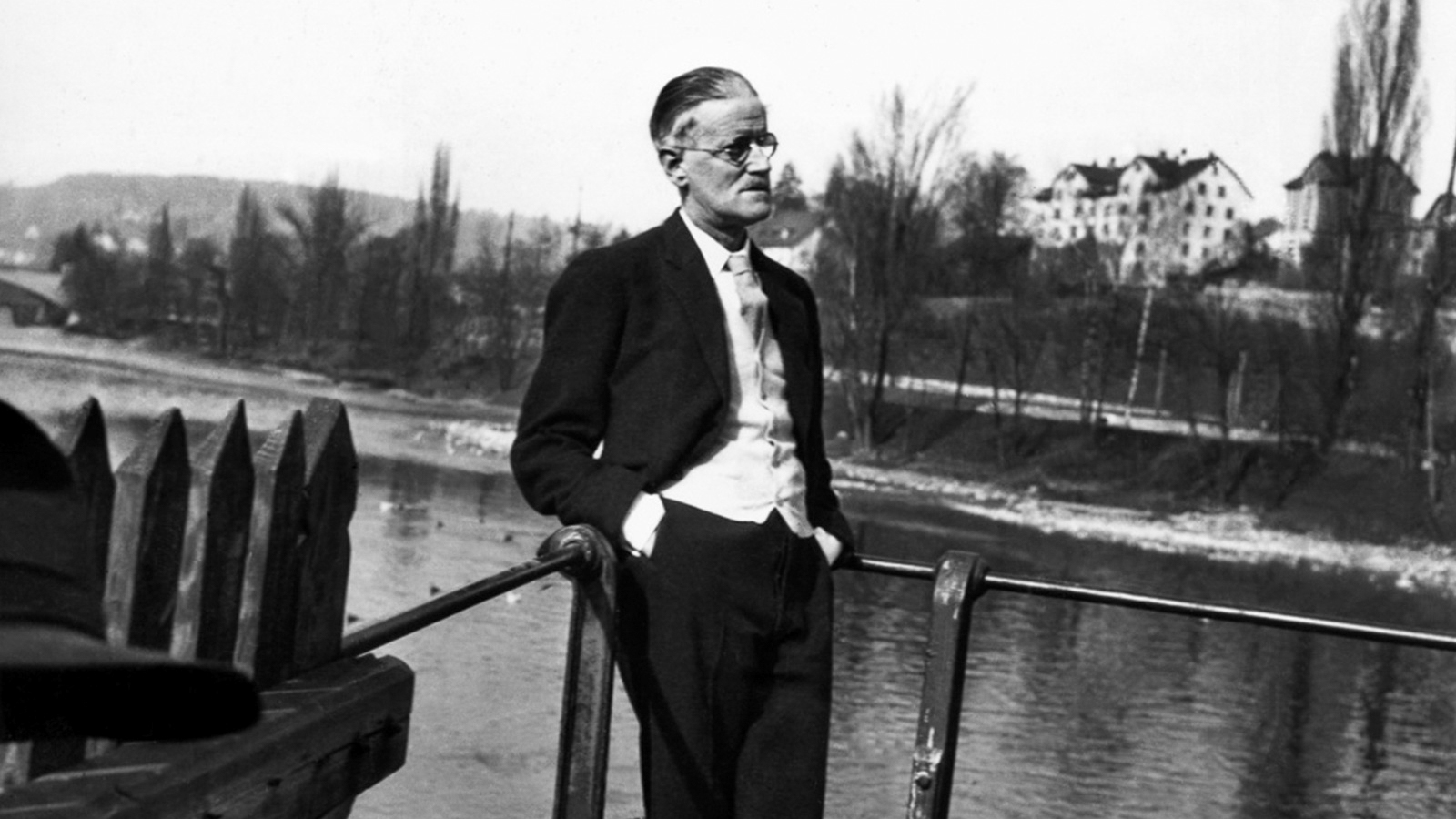A ‘Swiss’ president for Guatemala
From Andelfingen to the very top of government in Central America: the story of Jacobo Arbenz, President of the Republic of Guatemala from 1951 to 1954, and his agrarian reforms that stirred up powerful opposition.
In 1950, the Central American republic of Guatemala had a population of 3 million, 60% of whom were of Mayan descent. However, the state controlled a mere 10% of the country’s land. The remaining 90% was held privately by the landed oligarchy ‒ a small number of affluent families of mainly European descent. The indigenous population was subjected to a system of forced labour and debt slavery. As a result, poverty, illiteracy and malnutrition were widespread. The political situation was also highly unstable, with frequent changes of government often prompted by uprisings.
The Swiss colony in 1950 consisted of 320 inhabitants, most of whom were members of the underrepresented middle class. Jacobo Arbenz had been born into one of these families in 1913. Arbenz’s father, Hans Jacob, originally from Andelfingen in the canton of Zurich, had moved to Guatemala in 1899 at the age of 16 to work for his uncle Luis Gröbli, a merchant from Frauenfeld. He then went on to open a pharmacy in Quezaltenango, not far from the capital Guatemala City. However, the Arbenz’s social standing would later take a downward turn when patriarch Hans Jacob became depressed, ultimately committing suicide in 1934.
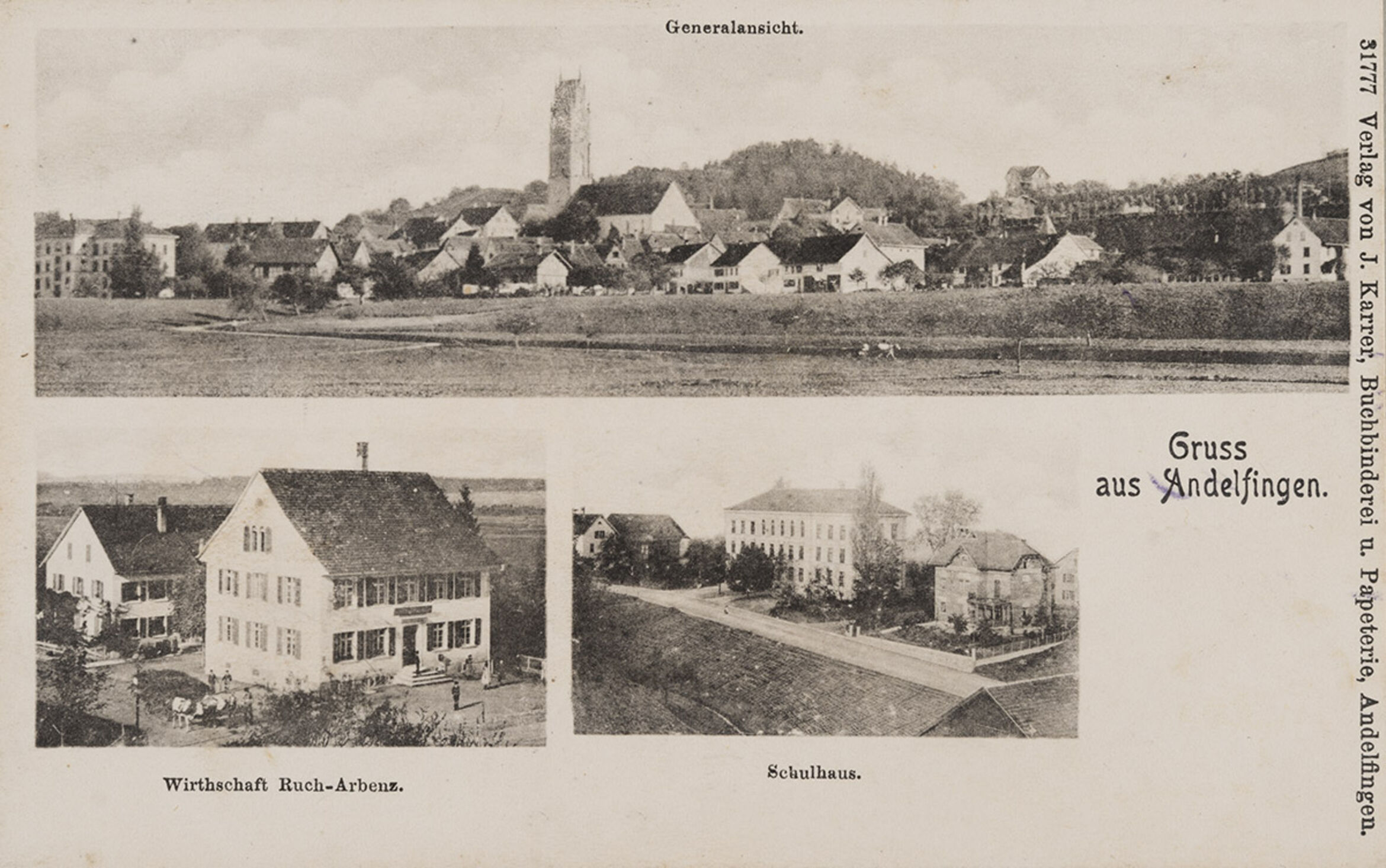
A 1904 postcard of Andelfingen.
Swiss National Museum
Although he never learned to speak Swiss-German, the young man’s ties with Switzerland were strong. His fellow cadets even referred to him as El Suizo, ‘the Swiss’.
Having just finished his schooling, 17-year-old Jacobo was forced by the family’s straitened financial circumstances to enter the Escuela Politécnica, Guatemala’s national military academy. Although he never learned to speak Swiss-German, the young man’s ties with Switzerland were strong. His fellow cadets even referred to him as El Suizo, ‘the Swiss’. He proved to be a capable officer and was appointed to a teaching post in 1935. In 1939, Jacobo married Maria Vilanova Kreitz, who came from neighbouring El Salvador. Thanks to her father, a wealthy Bavarian coffee plantation owner, Maria had been raised to speak several languages and received a university education. The marriage fuelled Arbenz’s desire for political change, prompting him to take a different view of the socio-political situation in the country than his military training and origins might lead you to expect.
Cooperation
This article originally appeared on the Swiss National Museum's history blog. There you will regularly find exciting stories from the past. Whether double agent, impostor or pioneer. Whether artist, duchess or traitor. Delve into the magic of Swiss history.
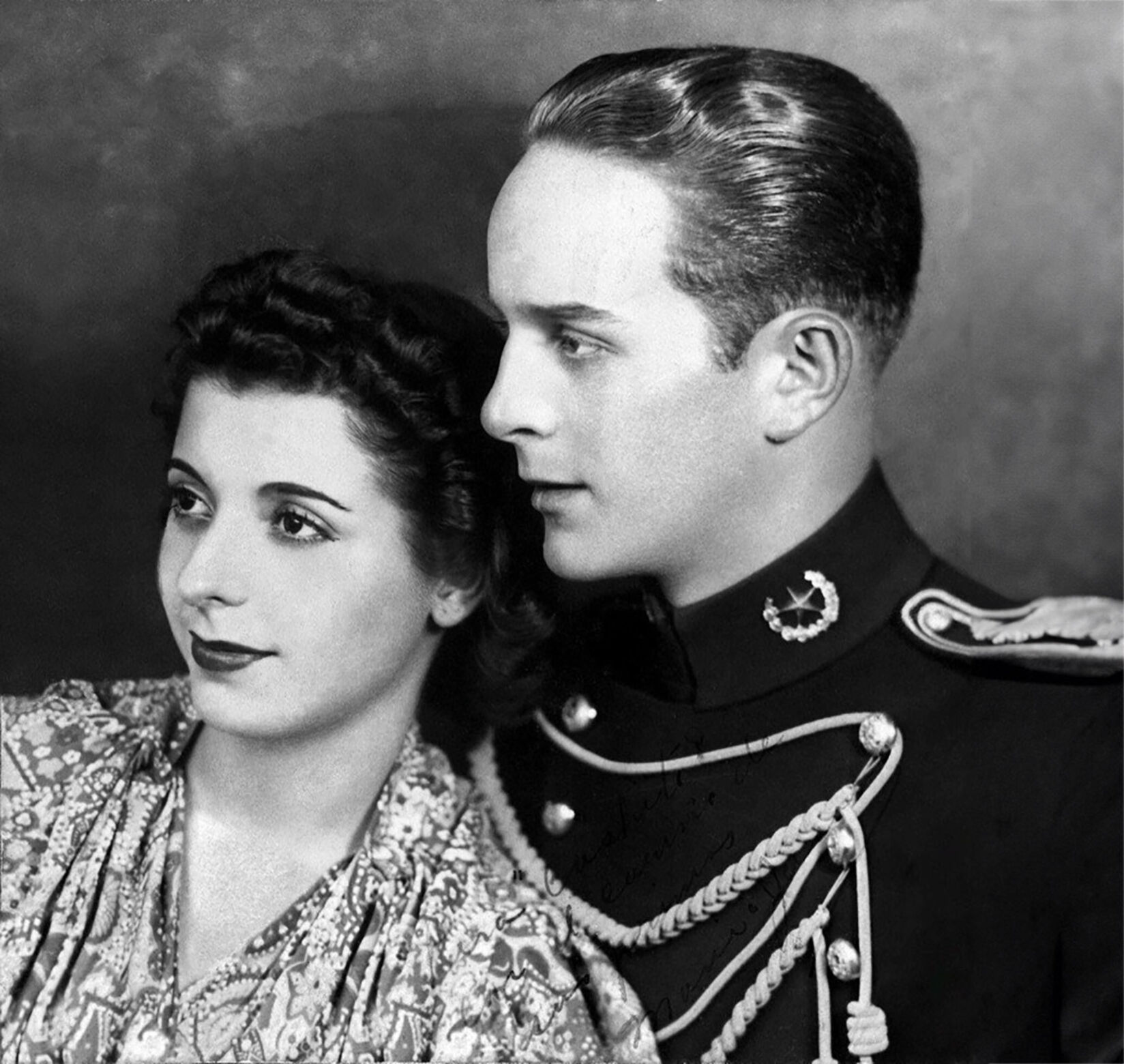
Jacobo Arbenz and his wife Maria Vilanova Kreitz photographed in 1939.
Wikimedia
The company launched what it called a ‘PR campaign’ against the Arbenz government, delivering the main message that a communist regime was being established in Guatemala with the help of the Soviet Union.
Arbenz spent his final years alone in Pully near Lausanne, struggling with depression and increasingly excessive drinking. He was spied on by the Swiss authorities, and his wife ultimately left him. In 1970, the former Guatemalan president left Switzerland for Mexico, where he was finally given indefinite asylum. He died there on 27 January 1971 at the age of 57 of a heart attack – according to the official records.
Summing up, we can say that Jacobo Arbenz’s presidency, and its audacious attempts to eliminate social and economic inequalities by means of land reform and infrastructure projects, played a decisive role in Guatemala’s history. His efforts undeniably had a positive effect on the country, leading among others things to the empowerment of farmers, the establishment of a free opposition press, and modernisation. But the clash with powerful interest groups and the intervention of the United States as the Cold War gathered momentum brought his time in office to an abrupt end.
The coup that removed him from power in 1954 had negative repercussions for political stability and the economic situation in the years that followed, not only in Guatemala but throughout Latin America. The exact opposite of what Jacobo Arbenz had dreamed of achieving.
John Foster Dulles and his brother Allen, who had been Director of the United States OSS intelligence agency in Bern during the Second World War and had helped organise ‘Operation Sunrise’ in Ascona in 1945, had very close ties to UFCO. John Foster Dulles had represented both UFCO and the Guatemalan dictatorships in the 1930s, while Allen Dulles ‒ an alumni of the same law firm ‒ served as a UFCO board member in the 1950s. When President Eisenhower came into office in January 1953, he appointed John Foster Dulles US Secretary of State and made younger brother Allen the first CIA director.
UFCO‘s connections with the US government very soon ‘bore fruit’. Armed and financed by the CIA and supported by the neighbouring dictatorships in Honduras and El Salvador, a force of several hundred men invaded the country on 18 June 1954 and overthrew Jacobo Arbenz. Partly because the Guatemalan president – fooled by US propaganda – had underestimated his opponent’s strength.
Arbenz and his family were then forced to leave the country in humiliating circumstances, the beginning of a long odyssey. They moved around frequently, staying no longer than a few months in any one place. Following their departure in 1954, they lived in Mexico, France, Switzerland (in Zermatt, on a three-month tourist visa), Czechoslovakia, the Soviet Union and Uruguay. They even lived in Cuba between 1960 and 1966, during the Cuban Missile Crisis. It was during this time that the family’s eldest daughter Arabella committed suicide in Bogota, plunging Arbenz into a deep depression.
Jacobo Arbenz never applied for Swiss citizenship as he feared that losing his Guatemalan nationality would deny him the opportunity to one day return to the political stage in his home country. And Switzerland for its part, having completely caved in to the diplomatic pressure exerted by the United States, did not make any attempt to grant him permanent political asylum.
Arbenz spent his final years alone in Pully near Lausanne, struggling with depression and increasingly excessive drinking.
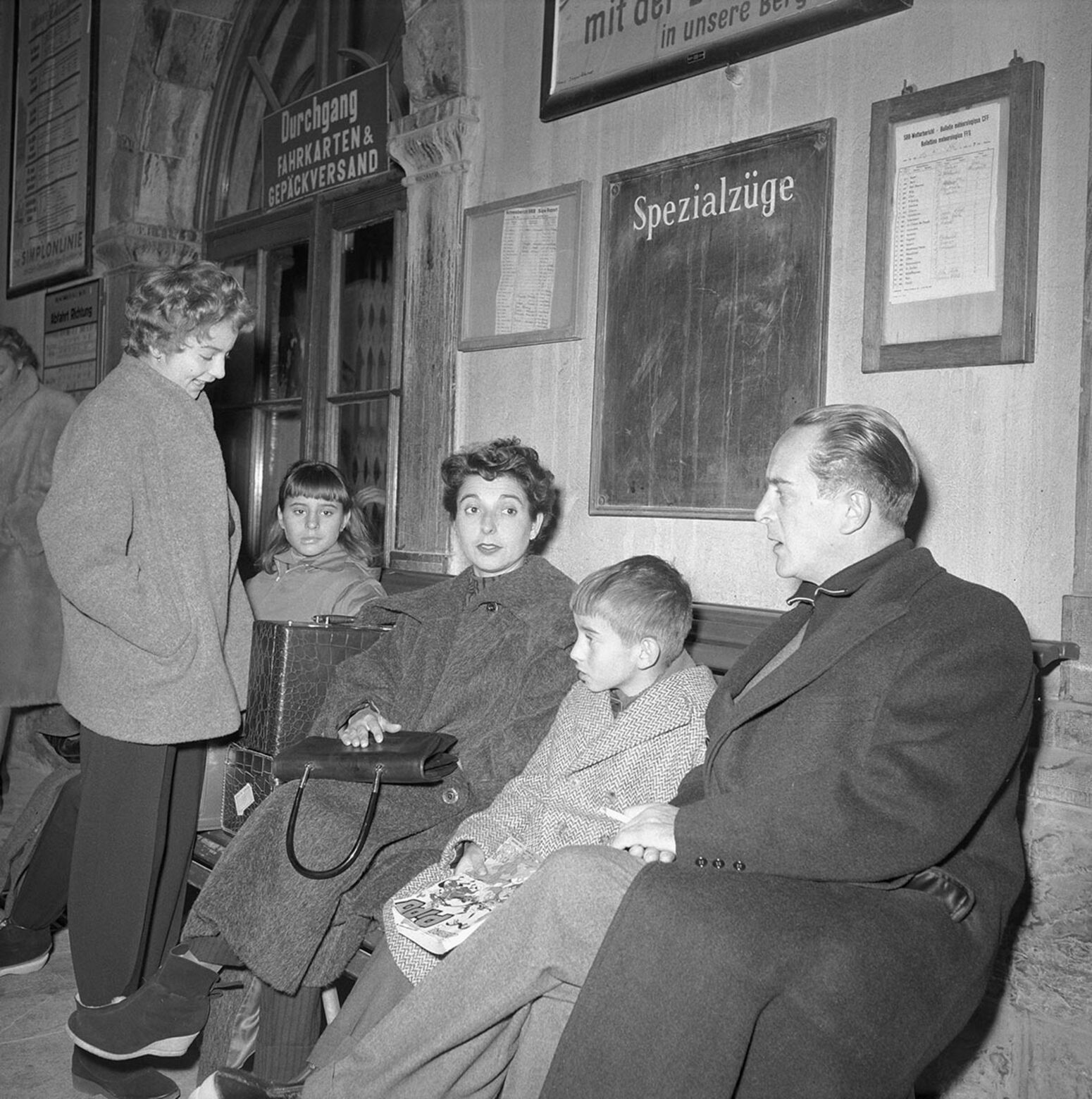
Jacobo Arbenz and his family at Visp railway station in 1955.
Dukas
Arbenz spent his final years alone in Pully near Lausanne, struggling with depression and increasingly excessive drinking. He was spied on by the Swiss authorities, and his wife ultimately left him. In 1970, the former Guatemalan president left Switzerland for Mexico, where he was finally given indefinite asylum. He died there on 27 January 1971 at the age of 57 of a heart attack – according to the official records.
Summing up, we can say that Jacobo Arbenz’s presidency, and its audacious attempts to eliminate social and economic inequalities by means of land reform and infrastructure projects, played a decisive role in Guatemala’s history. His efforts undeniably had a positive effect on the country, leading among others things to the empowerment of farmers, the establishment of a free opposition press, and modernisation. But the clash with powerful interest groups and the intervention of the United States as the Cold War gathered momentum brought his time in office to an abrupt end.
The coup that removed him from power in 1954 had negative repercussions for political stability and the economic situation in the years that followed, not only in Guatemala but throughout Latin America. The exact opposite of what Jacobo Arbenz had dreamed of achieving.
